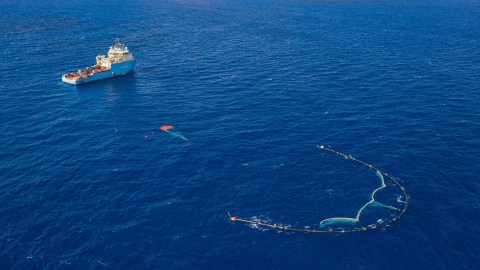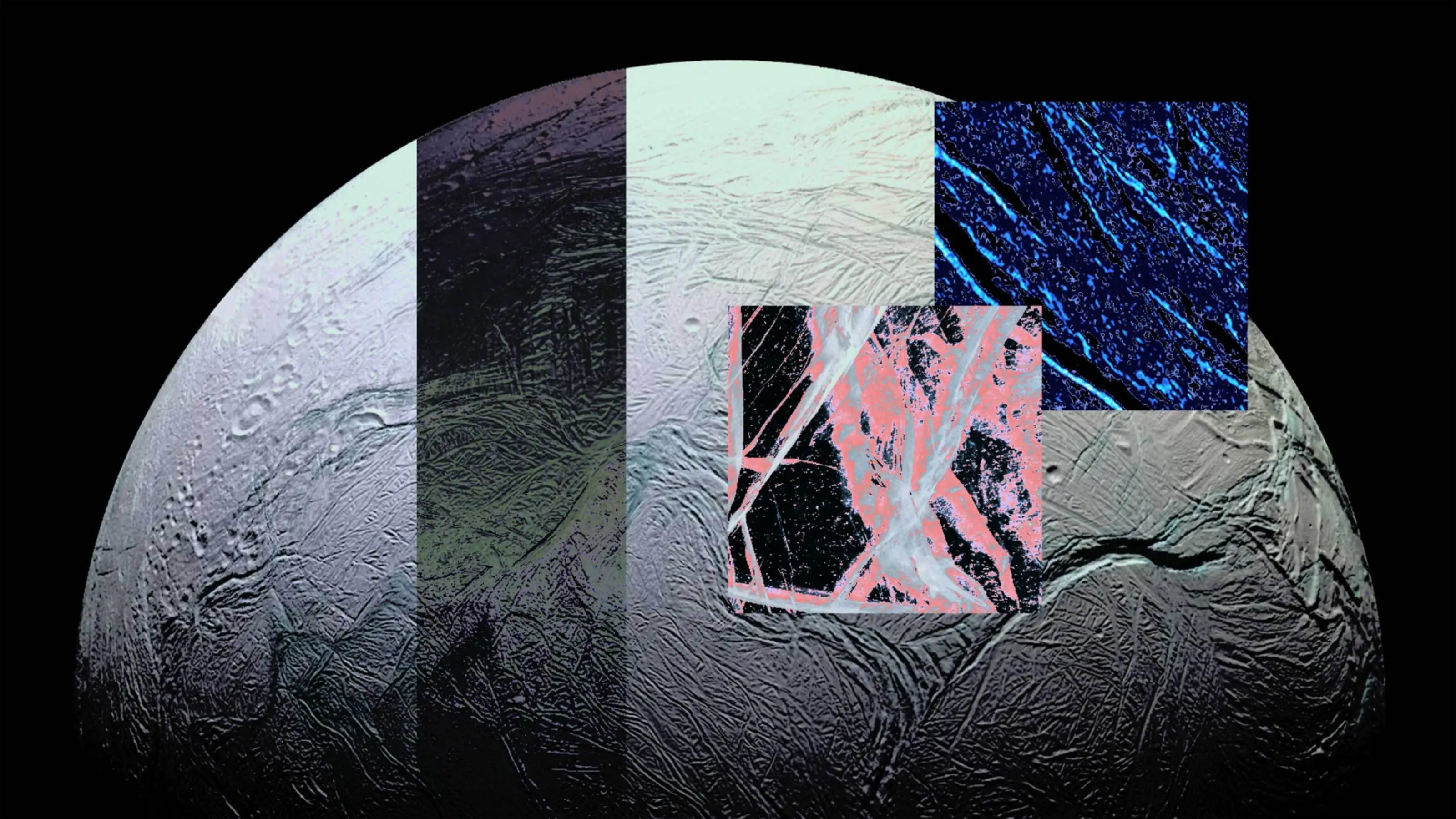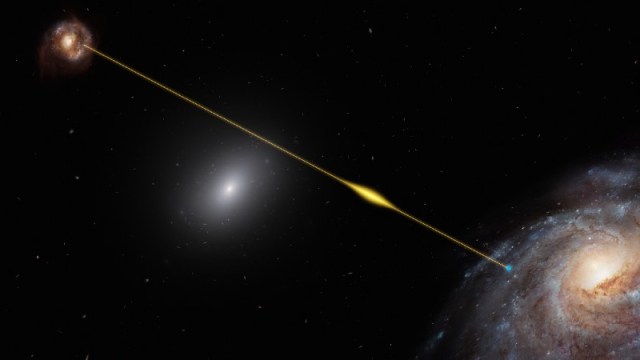Organizers: Operation Ocean Cleanup is finally working

- A new version of the netting used to clean up the Great Pacific Garbage Patch has passed trials.
- The previous versions of the device didn’t work very well, and broke before their missions were finished.
- A fleet of these devices are in the works. They could cut the size of the Great Pacific Garbage Patch in half within five years of work.
Remember how a few years ago the answer to all the garbage in the ocean had been found? You know, the big net that was going to grab all the trash so we could move it somewhere else? This week, it finally started picking up rubbish.
How will it work?
The Dutch non-profit The Ocean Cleanup has created a system that captures plastic but not fish. Using a sizeable U-shaped barrier with a net that drags beneath it, the system can grab plastics of all sizes and draw them together while fish swim away. It then holds the plastics in place until a ship can collect them and tow them back to shore for recycling.
The previous system they tested failed to collect as much plastic as hoped; floating plastics were able to sail over the barrier when it moved more slowly than the plastics. This new system features a larger cork barrier to prevent this and a giant parachute to further slow the drift to the netting.
In a release, the company’s founder Boyan Slat said:
“After beginning this journey seven years ago, this first year of testing in the unforgivable environment of the high seas strongly indicates that our vision is attainable and that the beginning of our mission to rid the ocean of plastic garbage, which has accumulated for decades, is within our sights.”
The system is still far from finished. While this new prototype was a redesign that worked, any final design will have to be able to endure the challenging conditions of the ocean for months at a time without losing much, if any, plastic it has captured. Since the last system also broke, this problem may prove difficult.
The new test was a successful one, and the project may soon be cleaning up the oceans at an unprecedented rate.
The Great Pacific Garbage Patch
The successful test comes none too soon. The garbage patch in the Pacific that this new technology was created to deal with is enormous — and getting larger. Located between California and Hawaii, it is already three times the size of France or twice the size of Texas. The 12.7 million metric tons of plastic we’re adding to the oceans every year will only make the problem worse. It isn’t the only garbage patch either; there are a few of these now.
If the prototypes can be refined a little further, Ocean Cleanup intends to build a fleet of the devices with the goal of cutting the patch in half every five years.
While it will take years to thoroughly clean the oceans and more than just a big net to keep them clean, this project is proof that when humanity dedicates the time, brains, money, and energy to fixing some of the environmental problems we face solutions can be found.
Let’s hope it works, and that we remember that we can still fix things.





